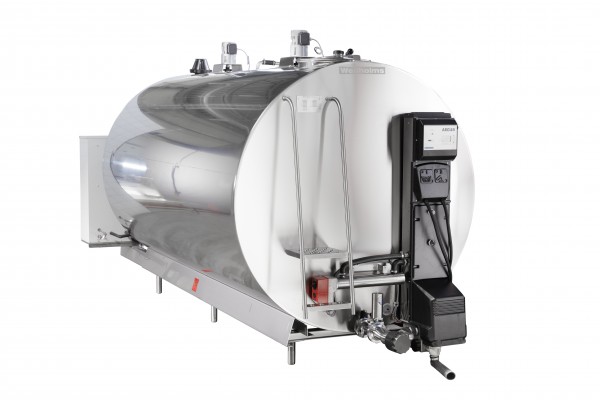Massachusetts Institute of Technology (MIT) announced it is partnering with wearable-maker Movano Health to use its Evie Ring’s continuous health-monitoring capabilities to study COVID and chronic Lyme disease.
The ring will be used in MIT’s MAESTRO study, which aims to identify biomarkers that indicate which individuals are likely to develop chronic conditions from acute infections.
Researchers will analyze 300 adults aged 18 to 35 with acute or chronic Lyme disease, individuals with long COVID, or participants in a control group.
Movano’s Evie Ring collects a wearer’s heart rate, SpO₂ and sleep quality. It also allows users to track their activity and menstrual cycle symptoms.
“We’re excited to incorporate the Evie Ring into our clinical study to evaluate the progression of long COVID and chronic Lyme disease and paint a fuller picture of why some people bounce back from a mild infection while others go on to endure prolonged suffering,” Dr Michal Caspi Tal, associate scientific director at the MIT Center for Gynepathology Research and head of the Tal Research Group, said in a statement.
“The breadth of longitudinal information related to vital signs and wellness provided by the ring will be instrumental in enhancing our understanding of these debilitating conditions.”
THE LARGER TREND
Movano went public in 2021, trading on the NASDAQ under the ticker MOVE. Its stock is currently trading at around $0.40 per share.
The company announced its 2023 financial results in April, noting that the launch of its Evie Ring in November transitioned it to a commercial-stage company. The company began shipping its Evie Ring in January of this year.
It also noted that it signed an agreement for a $24 million private placement, which included a $3 million seed investment from a medical device company and more than $3.6 million from members of the company’s board of directors and management team.
The company reported an operating loss of $6 million in Q4 2023 compared to $8 million in Q4 2022, and it held $6.1 million in cash and cash equivalents at the end of Q4 2023.
Credit: Source link










